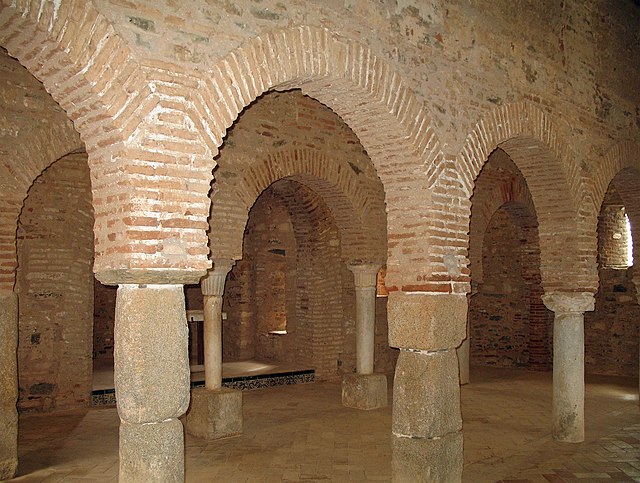BUILT on the site of a fifth-century Visigoth basilica, the Almonaster Mosque in Huelva, is one of few surviving rural mosques in Spain, considered the best preserved in Spain and one of the best in Europe.
This beautifully-preserved mezquita, built in the 9th and 10th centuries during the reign of Abd al-Rahman III, sits in the heart of the Sierra de Aracena y Picos de Aroche and most of its Islamic features have survived almost intact to this day.
After the Reconquest it was converted into a rural Christian hermitage (a smaller example of Cordoba’s famous Mezquita). To which later, a bullring was attached.
The mezquita, which reflects a Roman, Almohad and Gothic style, has three fundamental and distinct spaces: the pillared prayer hall (Haram), the courtyard of ablutions (Shan) and minaret tower for the call to prayer.
The prayer hall itself has an irregular shape consisting of five small naves including a semicircular niche in one of the walls which indicates the qibla (the direction of the Kaaba in Mecca and therefore the direction that Muslims should face when praying).
The Mosque of Almonaster la Real was declared a ‘Monumento Nacional del Estado’ in 1931.
READ MORE:
- SEEDS OF HISTORY: SCIENTISTS USING OLIVE SEEDS TO PROVE BIBLE STORIES
- How scientists in Valencia are pinning hopes on protecting the oldest living species on earth









Correction to paragraph two: after the Reconquista, the mezquita was converted back to its origins from the 5th century, as a Christian site.